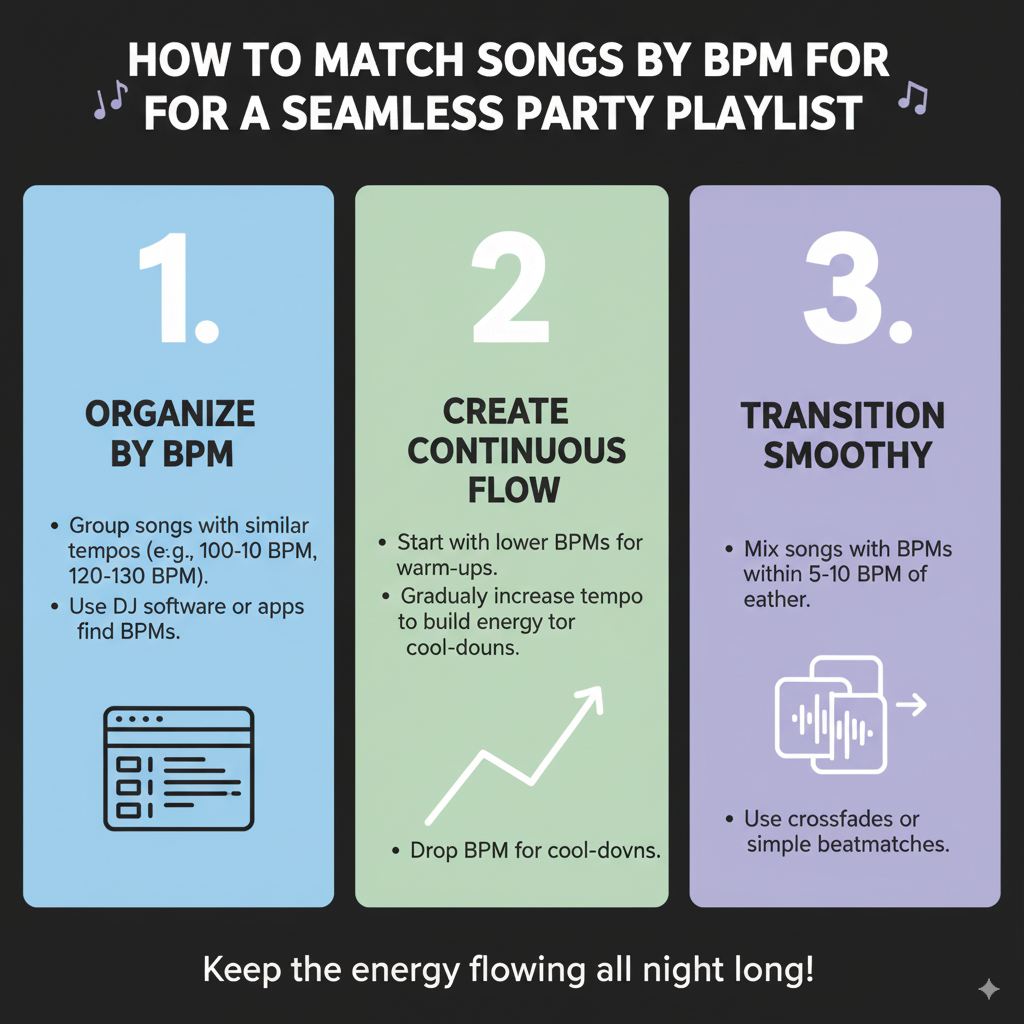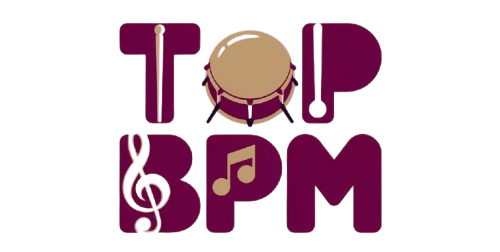
Imagine this you’re at a party, the music is pumping, and suddenly, the DJ drops a track that feels out of place. The energy dips, and the vibe shifts. What went wrong? More often than not, it’s a mismatch in tempo. Matching songs by their beats per minute (BPM) is crucial for maintaining a consistent flow and keeping the energy high. In this guide, we’ll walk you through the steps to create a seamless party playlist by matching songs by BPM.
What is a BPM Finder?
A BPM finder is a tool that helps you determine the tempo of a song. By knowing the BPM, you can ensure that the songs in your playlist transition smoothly, maintaining the desired energy levels. Tools like tap tempo apps or tap metronomes allow you to tap along with the beat to calculate the BPM of a song. For instance, the tap BPM tool from Tap BPM is a reliable option for this purpose.
Why Matching BPM Matters
Matching BPM is essential for several reasons:
- Smooth Transitions: Songs with similar BPMs blend seamlessly, avoiding abrupt changes that can disrupt the flow.
- Consistent Energy: Maintaining a consistent tempo helps in keeping the energy levels steady, preventing lulls or spikes that can affect the mood.
- Enhanced Danceability: For dance floors, consistent BPMs make it easier for dancers to stay in rhythm.
How to Find the BPM of Your Songs
Determining the BPM of a song is straightforward:
- Use a Tap Tempo Tool: Tools like the tap BPM tool from Tap BPM allow you to tap along with the beat to calculate the BPM.
- Online BPM Counters: Websites like TapTempo.io offer online BPM counters where you can tap to find the tempo.
Steps to Match Songs by BPM
1. Check BPM of All Songs
Start by determining the BPM of each song in your playlist. This will give you a clear understanding of the tempo of each track.
2. Sort Songs by BPM
Organize your songs in ascending or descending order of their BPM. This will help you identify songs with similar tempos and plan transitions accordingly.
3. Create Smooth Tempo Transitions
When arranging your playlist, aim for gradual tempo changes. Sudden shifts can disrupt the flow and energy. For example, if you’re transitioning from a song with 120 BPM to one with 140 BPM, consider inserting a track with 130 BPM to bridge the gap.
4. Consider Energy Level and Mood
BPM isn’t the only factor to consider. The energy level and mood of a song play a significant role in its placement. Ensure that the songs not only match in tempo but also in vibe.
5. Test the Playlist
Before finalizing your playlist, test it out. Play through the transitions to ensure they feel natural and maintain the desired energy levels.
Tips for a Party-Ready Playlist
- Use a Beat Counter: A beat counter can help you keep track of the beats, ensuring accurate transitions.
- Utilize a BPM Tracker: A BPM tracker can assist in monitoring the tempo throughout your set.
- Leverage Online BPM Tools: Websites like TapTempo.io offer online BPM tools that can be handy during live sets.
- Tap Along with the Beat: Practice tapping along with the beat to improve your timing and rhythm.
Conclusion
Creating a seamless party playlist involves more than just selecting your favorite tracks. By matching songs by their BPM, you can ensure smooth transitions, maintain consistent energy levels, and keep the dance floor alive. Remember, tools like the Best tap BPM tool from Tap BPM can be invaluable in this process. So, the next time you’re curating a playlist, pay attention to the tempo, and let the music flow effortlessly.
